This post may contain affiliate links. If you click an affiliate link and make a purchase, I may earn a commission. Also, as an Amazon Associate, I earn from qualifying purchases.--
Are you thinking of testing to see how far your physical limits can take you? One great way to do so is to take on the herculean challenge of completing a century ride. If you’ve considered this, the question of how many calories a 100-mile bike ride burns may have crossed your mind.
During a 100-mile bike ride, cyclists will burn an average of 60 calories per mile. This adds up to 6,000 calories throughout the entire event. Others, however, may burn more calories depending on their weight, gender, and age.
Read on to learn more about the number of calories you would burn on a 100-mile bike ride, as well as the factors that contribute to that figure. We’ve also included some useful tips for how to prepare yourself for the big event.
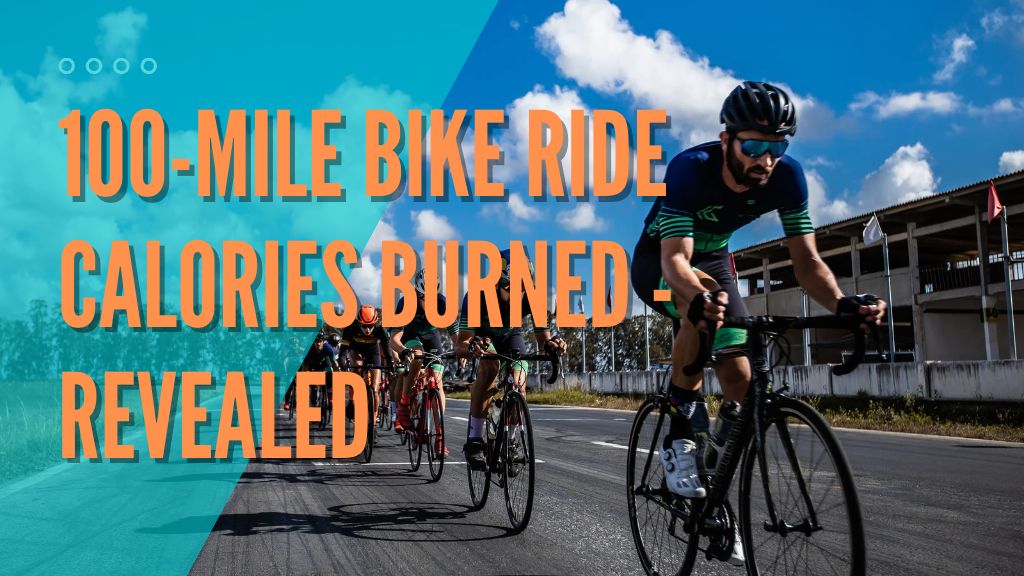
Average Calories Burned on a 100-Mile Bike Ride
Enduring a century bike ride is no easy feat. It’ll take all your energy, and then some, to make it to the finish line. On top of that, continuously pedaling for six to seven hours can take quite a toll on your body.
During this 100-mile marathon, you can expect to burn around 60 calories per mile on average. Once it’s all said and done, you’ll have burned an average of about 6,000 calories.
Keep in mind that this figure can vary depending on several factors, which we’ll get into in the following section.
Factors That Affect How Many Calories a Bike Ride Burns
Here are some of the most important factors that can help determine exactly how many calories you burn when cycling:
Distance
Let’s start with the obvious.
A key deciding factor of calorie consumption when cycling is the distance. The more ground you cover, the more the journey is going to take out of you.
The number of calories you burn per mile is determined by other factors as well.
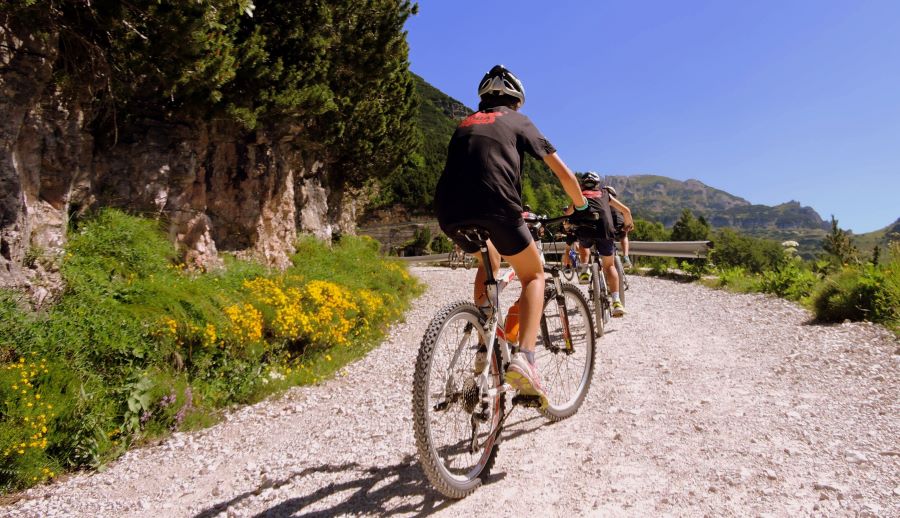
Intensity
Another key contributor to the number of calories burned on a bike ride is the intensity.
This mainly depends on your speed, and in turn, the type of metabolism that’s triggered in your body.
When cycling at a slow-to-moderate speed, you’re engaging your body’s aerobic mechanism. This is when your body slowly uses up the glucose fueling it and burns calories at a slow, gradual rate.
On the other hand, the way your body handles intense cycling at a high speed is very different. This is where anaerobic metabolism comes into play. Unlike aerobic metabolism, this isn’t a state that your body can sustain for too long. It’s meant to enable short bursts of intense activity.
Anaerobic metabolism uses up more energy. Therefore, cycling at high speeds burns more calories.
Generally speaking, cycling 12 to 14 miles per hour for 30 minutes will cause a 155-pound person to burn around 300 calories. If that same person ups their speed to 16 miles per hour, the number of calories burned jumps to 370.
Since a 100-mile bike ride is a test of endurance, the rate of burning calories at a lower speed is more indicative of what would happen during a century ride.
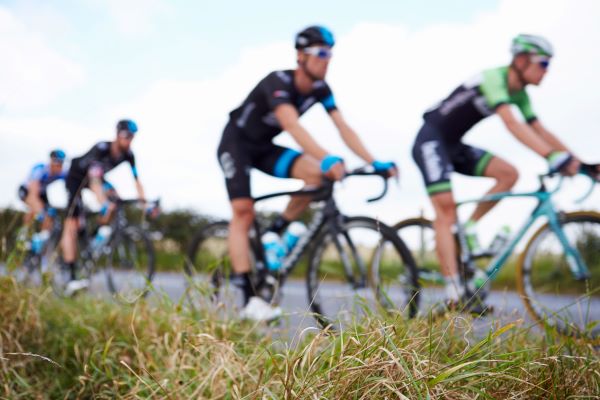
Weight
Just like a larger car uses up more fuel to go the same distance at a given speed, heavier people will burn more calories when exerting the same effort as more slender ones.
As such, how much you weigh has a tremendous influence on how many calories you’ll burn during a 100-mile bike ride.
Gender
Another factor that determines calorie consumption when riding a bike is your gender.
Generally speaking, men’s bodies tend to have larger muscle mass and overall weight. As per the Centers for Disease Control and Prevention (CDC), the average man is 27.3 pounds heavier than the average woman.
In turn, men are likely to burn a larger number of calories during a 100-mile bike ride if all other factors are kept constant.
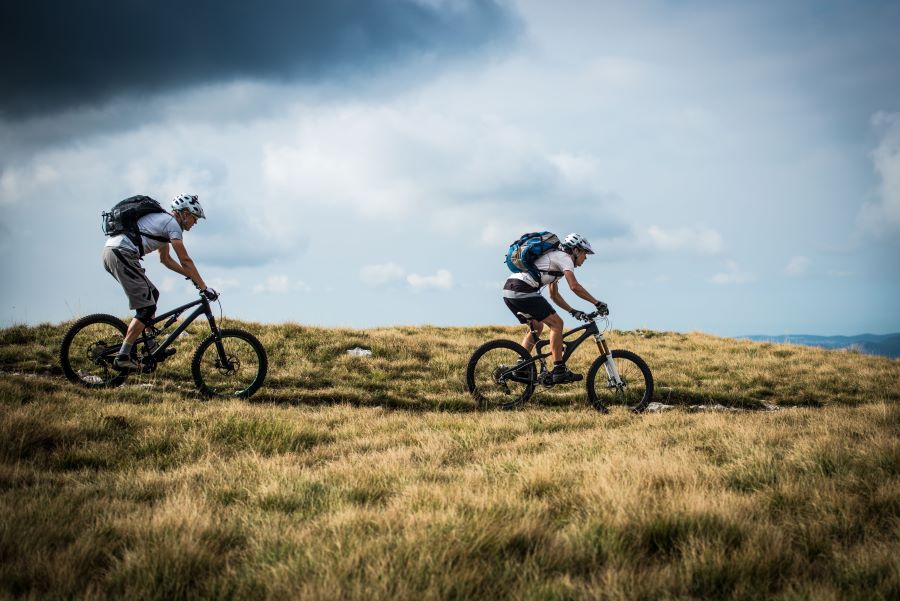
Age
In addition to the factors mentioned above, your age will also affect how many calories you burn during your bike ride.
This is because your body changes as you get older. Your muscle mass declines while your body fat percentage increases simultaneously.
In other words, this means that older cyclists are more likely to burn fewer calories per mile.
The Difficulty of the Track
Last but not least, the nature of the terrain you’ll encounter on your 100-mile bike ride will greatly influence the number of calories you can burn.
As you probably know from experience, cycling on an upward incline is significantly more difficult than cycling on a flat track.
The former takes up considerably more energy. A person of average weight will burn almost 985 calories if they ride their bike up a 3% incline for an hour, even at a speed as low as 10 miles per hour.
On the other hand, the same person will only burn 350 calories per hour when cycling on a flat track at 15 miles per hour.
How to Prepare for a 100-Mile Bike Ride
If you have your sights set on participating in a 100-mile bike ride in the near future, here are some useful tips to help you prepare:
Start Early
In light of the challenging task you have ahead of you, you need to give your body time to get acclimated to the required level of endurance. Hence, you should start training as early as possible. We recommend a lead-in period of two months.
During this time, you should really push your limits. This is the only way that your training will elevate your fitness level and get you ready for the test of endurance that lies ahead.
Yet, don’t get too carried away. Pushing yourself too hard can have a detrimental impact on your health, and may even cause injury.
Training
When training for your 100-mile bike ride, try to mix it up. We know that only taking long rides to emulate the conditions of a century ride makes the most sense. However, incorporating shorter-distance, higher-speed training can also be highly beneficial.
Long Rides
These types of rides will make up most of your training schedule.
You should start with a distance that you’re comfortable with just to get you into the swing of things. Then, increase the distance of your rides by 5 to 10 miles with every passing week. Ideally, you’ll want to get to the point where you’re comfortable doing an 85-mile ride.
You should go through these rides at around 70% of your maximum intensity to get the best results.
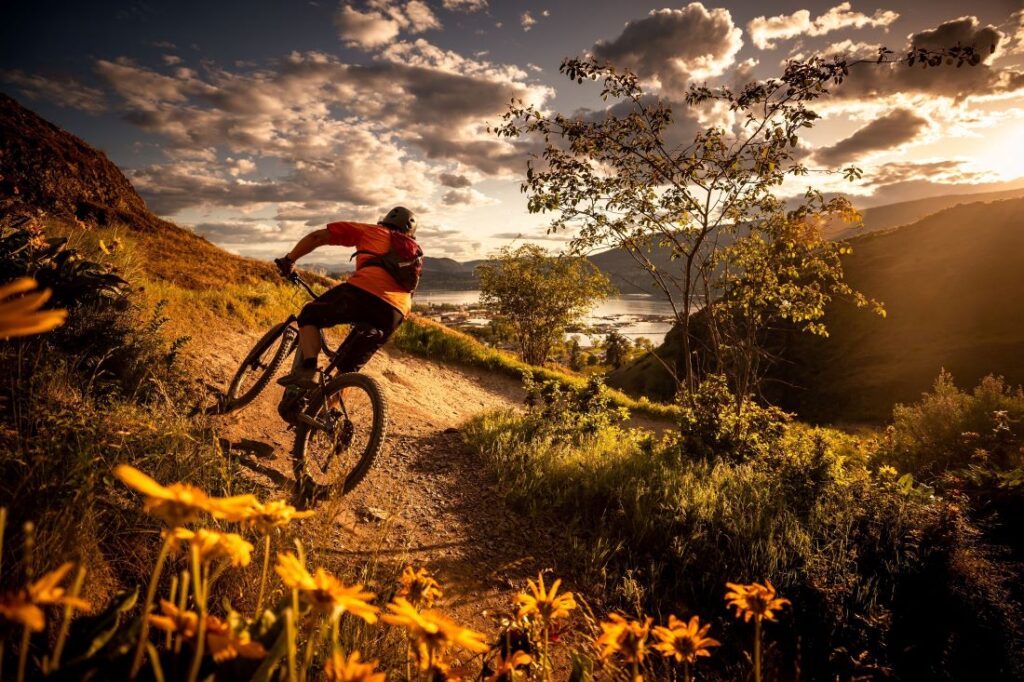
Moderate Rides
The purpose of including such rides in your training regimen is to get your body accustomed to cycling at higher speeds for longer periods.
During the early stages of training, incorporate a couple of one-hour rides at a moderate speed. As you get more used to this, you’ll find yourself able to maintain your speed for longer distances with every passing week.
Do this at 80% intensity for 15 minutes, ease up to allow your body to recover for the same amount of time, then turn the heat back up for 15 more minutes, and so on.
High-Speed Rides
Including high-speed rides in your training will improve the efficiency of your anaerobic metabolism. This will reduce the accumulation of lactic acid in your muscles, making them less likely to cramp up on the big day.
Rest Is Key
Getting adequate rest is just as, if not more, important as going hard in training.
This is when your body gets a chance to recover and reap the benefits of your hard work. When resting, your muscles regenerate and grow stronger than they were before.
Eat Right
If you’re not giving your body the nutrients it needs to withstand the grueling effort you’re putting it through, then all your effort will go to waste.
Eating a balanced diet consisting of lean protein from chicken and fish, plenty of carbs, and free from empty calories is essential to make up for all those calories being burned.
Plus, it’s pivotal that you drink an adequate amount of water to keep your body well-hydrated and running like a well-oiled machine.
You’ll also want to keep your body well-fed during the ride itself. Use your training rides as an opportunity to gauge what works best for you.
Additionally, it’s highly recommended that you get some protein into your body within 30 minutes of concluding your ride. This takes advantage of the blood pumping straight to your muscles, allowing them to efficiently absorb the nutrients and minerals it needs.
I found this video useful for training for long bike rides:
Conclusion
100-mile bike rides are the ultimate test of physical and mental perseverance. They take a lot of energy out of those who participate, and as such, burn a whole lot of calories.
The typical cyclist is likely to burn around 60 miles per mile during a century ride. Six or seven hours later, they will have burned about 6,000 calories. The exact number of calories burned depends on a person’s weight, gender, age, and the terrain’s difficulty.
If you follow the preparation guidelines mentioned above, you’ll be all set when the big day arrives. Good luck!
